One of the reasons I was excited about my new iPhone 11 Pro is that I would no longer have to carry my ILC1 to bars/taprooms/restaurants to get the “bokeh” shot of the beer glass with my pour of craft ale2. I expected that the iPhone camera app "Portrait Mode" would suffice. “Portrait Mode” uses multiple cameras on the back of iPhones and software algorithms to create an artistic depth effect, whereby the subject is in focus, and the background is blurred. It's an attempt to approximate the “shallow depth of field” photographs one can easily capture with an ILC and wide aperture lens.
The image below was captured with the 6mm (52mm FF equivalent) lens on the iPhone 11 Pro but with all the "portrait mode" software disabled.
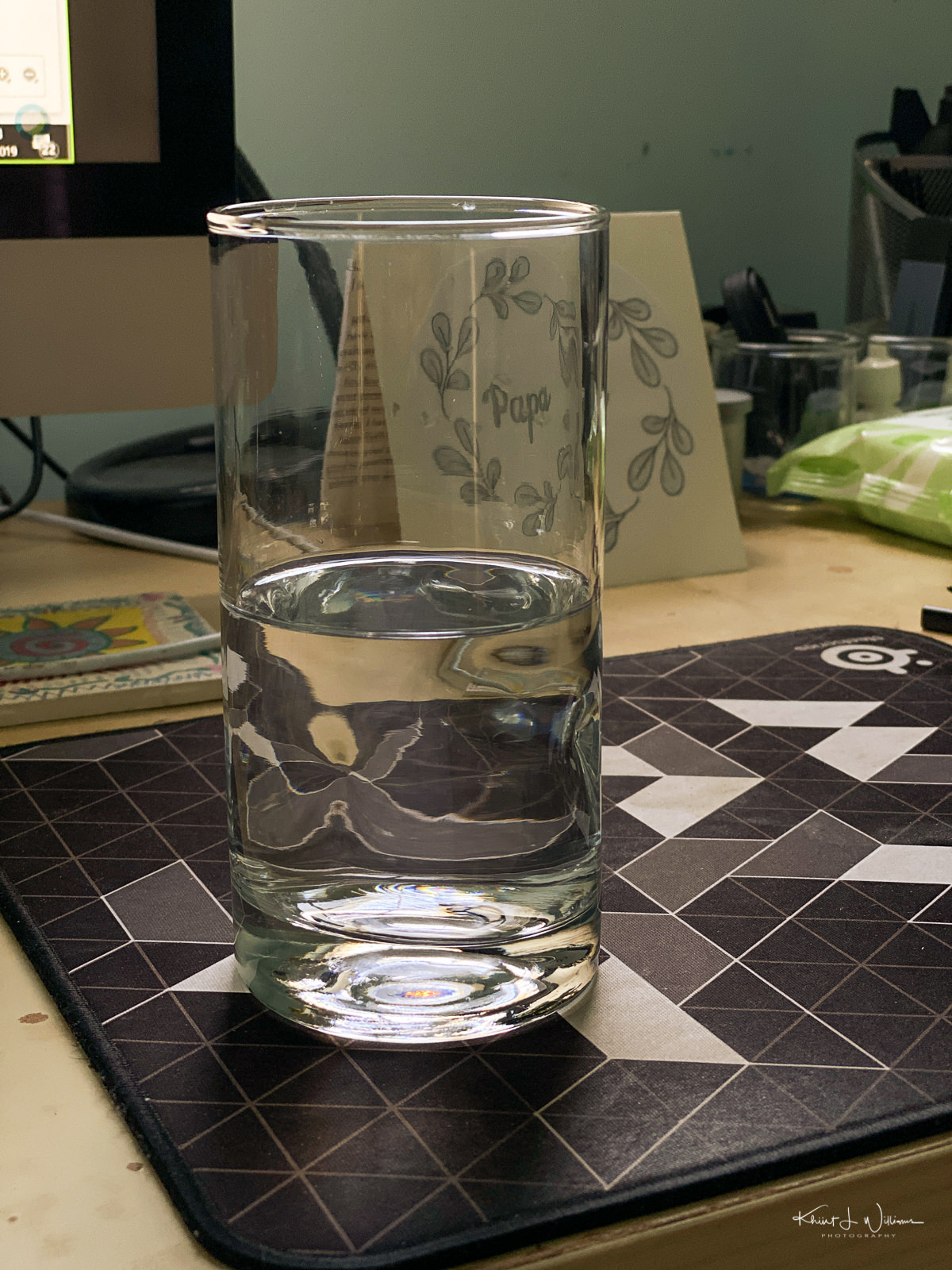
The following image was captured in Portrait Mode.
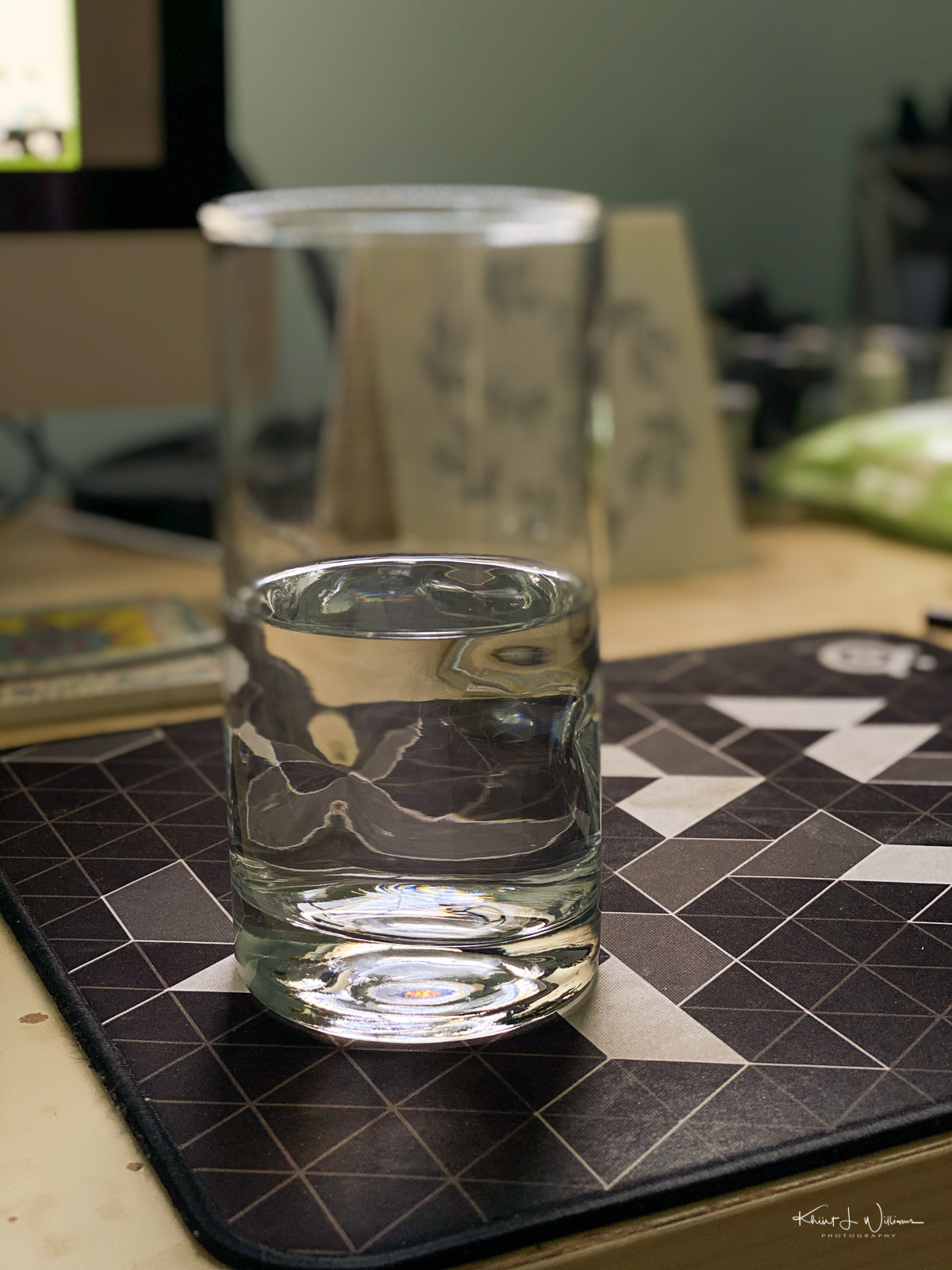
I have experimented with the iPhone 11 Pro and Portrait Mode. The software algorithms need some work. It can’t figure out what to do with the space inside the glass but found the “solid” portion of the water in the glass. I tried shooting some beer in Teku glasses, and the algorithm has the “body” of the beer in focus but blurred the stem badly.
I learned that I need the subject of the photo to be still and 2.5 metres or less from the camera. Good lighting is important. My experience is that the effect struggles in artificial light indoors. This "bug" could be a problem for how I want to use the camera, but this is to be expected for such a tiny sensor. Smartphones take great photos outdoors with good light but are complete shite for indoor images that are no challenge for a modern ILC.
But sometimes, it doesn't matter what you do. Sometimes AI is no substitute. The image below was captured outside in bright light on the iPhone 11 Pro in "portrait mode". There are noticeable artefacts around the outer edges of the can and especially the glassware.
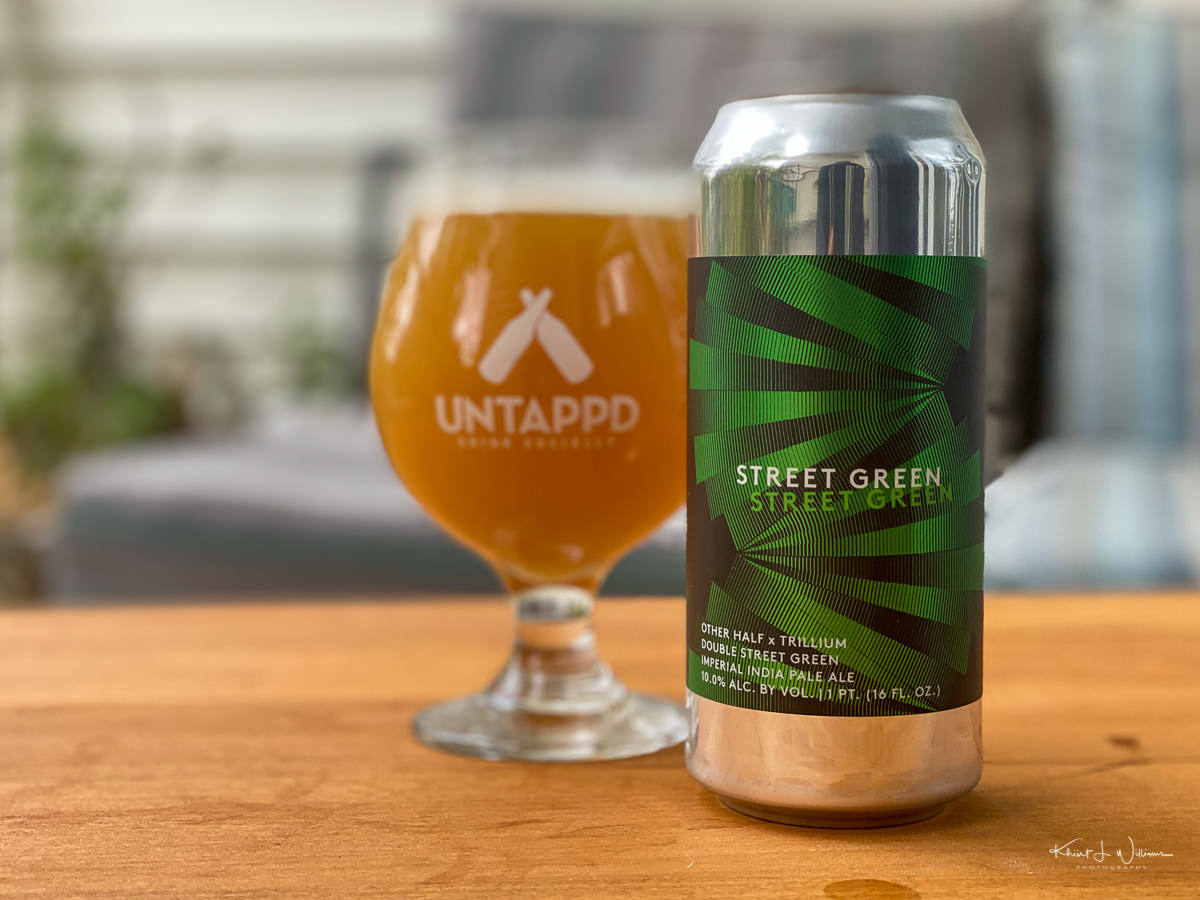
The image below was captured on my Fuji X-T2 and Fujinon XF16-55mmF2.8 R LM WR lens.

More failures.
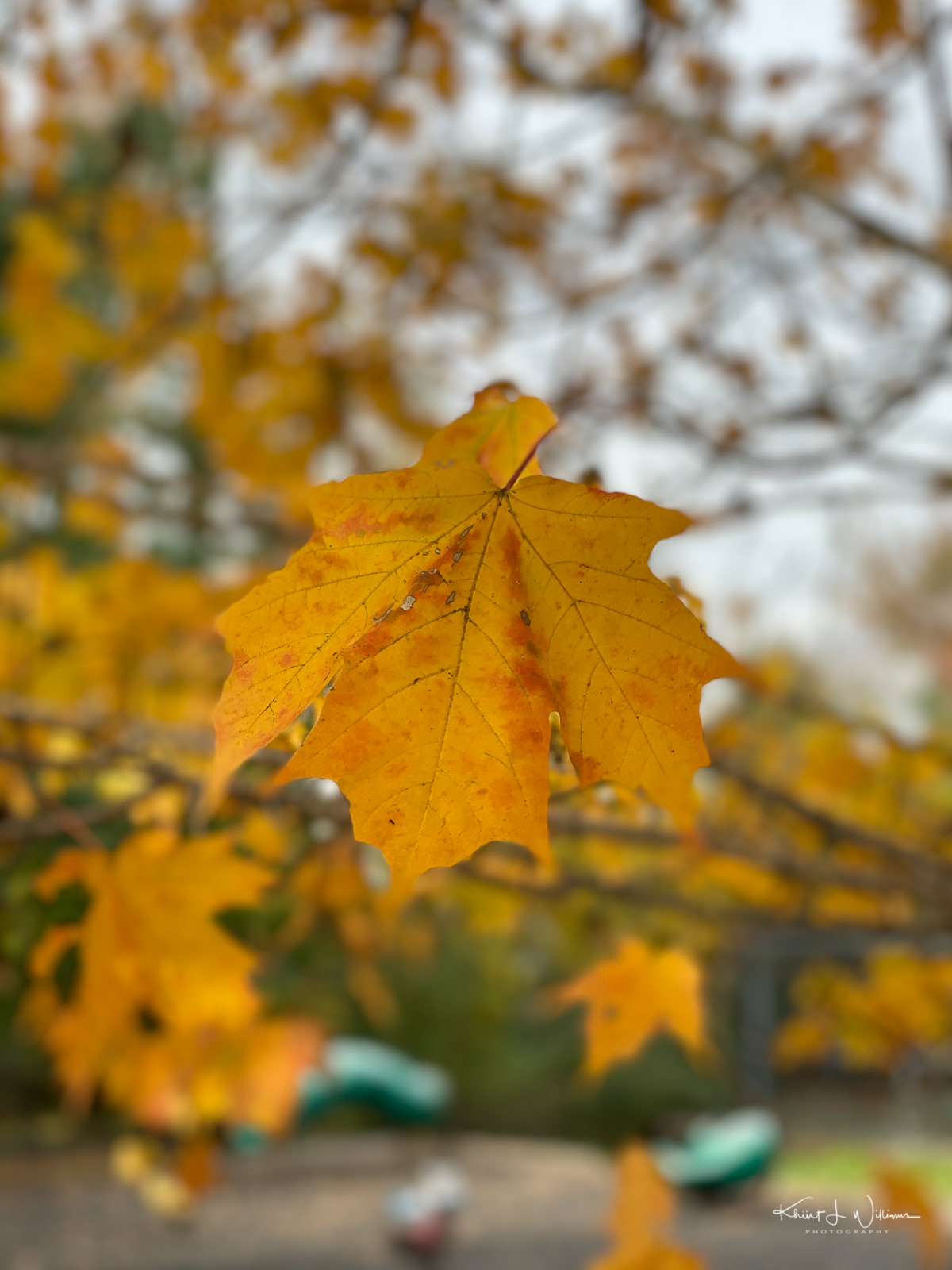
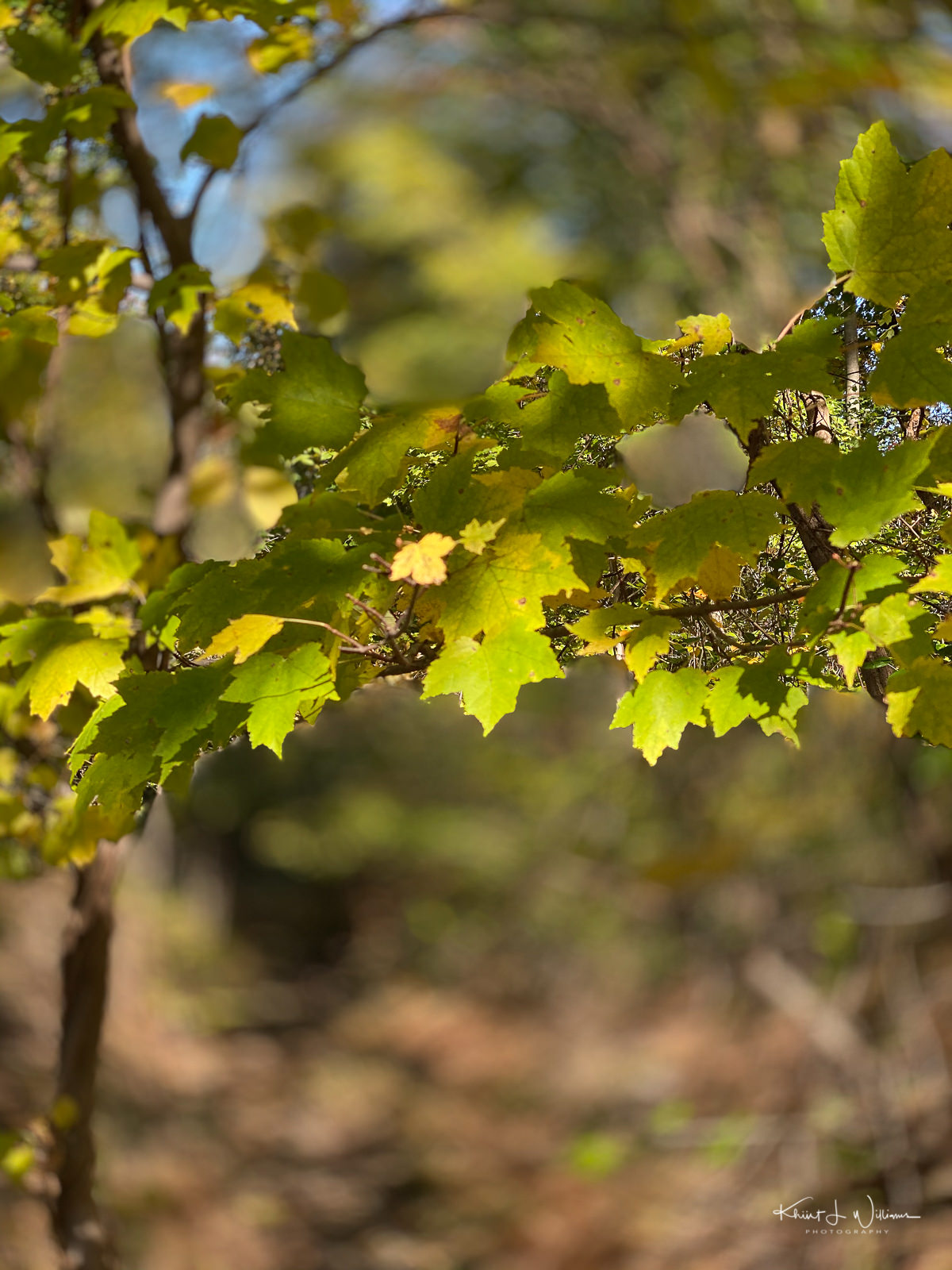
- ILC = interchangeable lens camera ↩
- Don't judge me! I want my beer porn to look good. Examples: Fustigated and Cainophobia by Troon Brewing at Brick Farm Tavern. ↩

